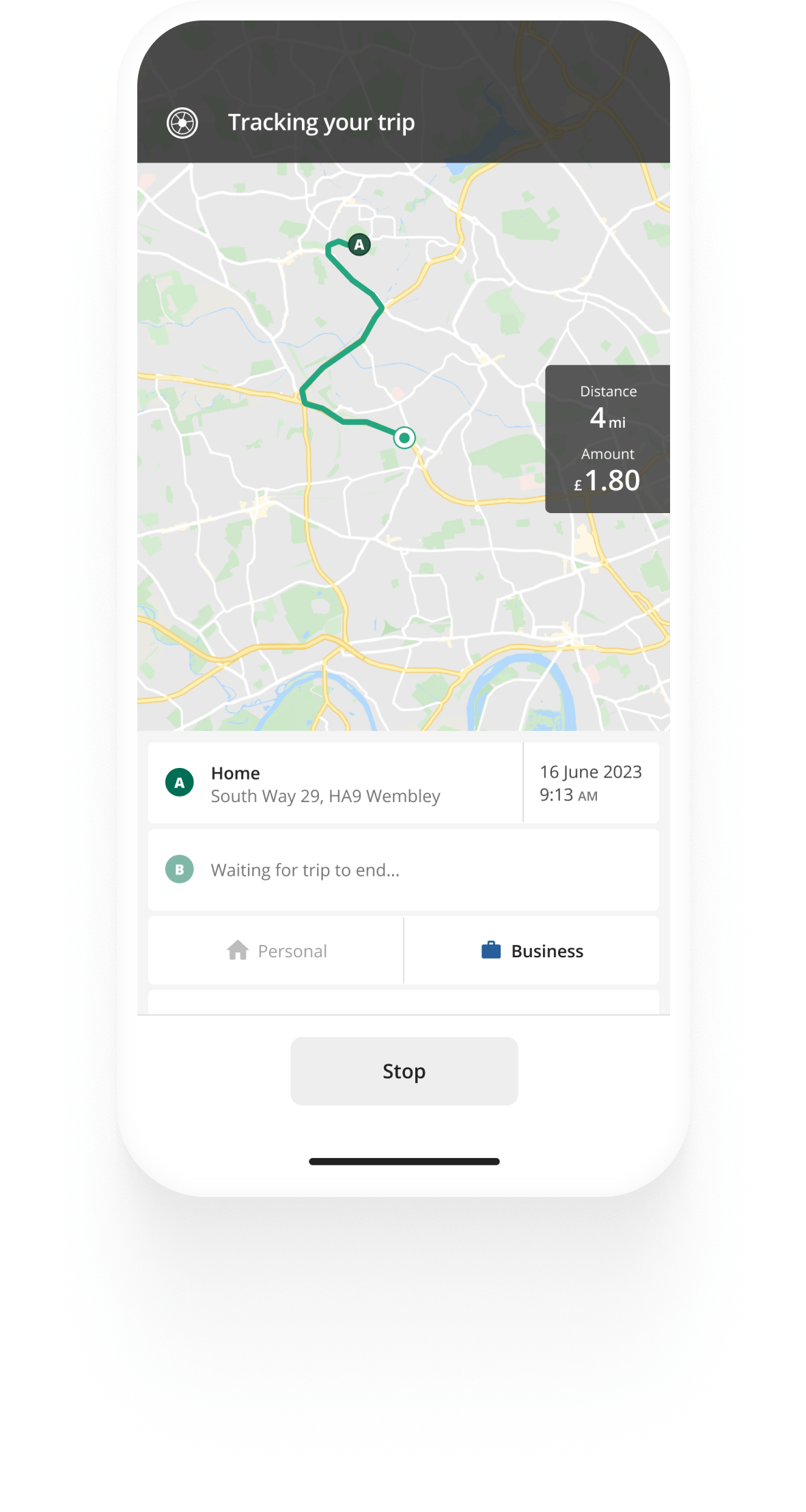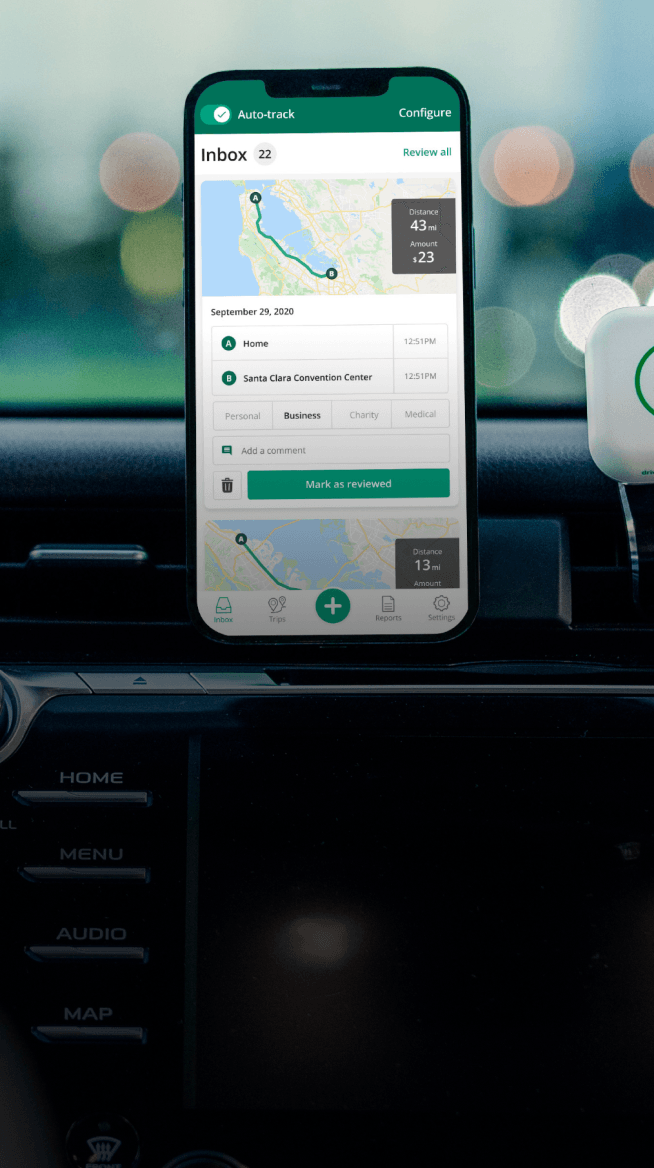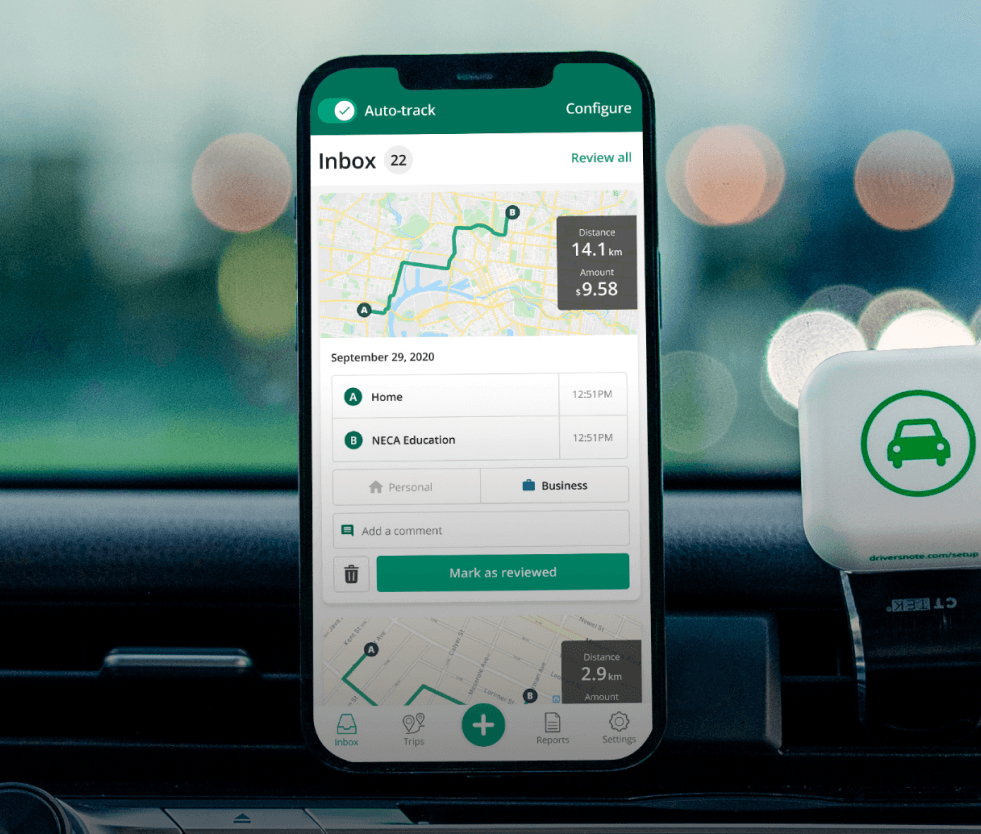Track mileage automatically
Get started
Advisory fuel rates 2025
In this article
- Petrol and LPG per-mile AFRs from 1 September 2025 to 1 December 2025
- Diesel per-mile AFRs from 1 September 2025 to 1 December 2025
- Advisory fuel rates for electric cars
- Changes in HMRC advisory fuel rates
- Who can use the HMRC advisory fuel rates?
- Reimburse your employees for business company car use
- Repay your employer for the fuel used for private travel
- Petrol and LPG per-mile AFRs from 1 September 2025 to 1 December 2025
- Diesel per-mile AFRs from 1 September 2025 to 1 December 2025
- Advisory fuel rates for electric cars
- Changes in HMRC advisory fuel rates
- Who can use the HMRC advisory fuel rates?
- Reimburse your employees for business company car use
- Repay your employer for the fuel used for private travel
HMRC has updated the advisory fuel rates (AFR), applicable from 1 September 2025 until 1 December 2025.
Advisory fuel rates are calculated based on engine size and type of fuel (petrol, LPG, diesel, electric).
Advisory fuel rates apply to:
- Employees who use company cars
- Employers who reimburse them for business travel in those vehicles
Below are the current rates. We will revise the article throughout the year to update you on new rates, with next changes expected in December.
Petrol and LPG per-mile AFRs from 1 September 2025 to 1 December 2025
| Engine size (cc) | Petrol | LPG |
|---|---|---|
| Up to 1400 | 12p | 11p |
| 1401-2000 | 14p | 13p |
| Over 2000 | 22p | 21p |


Mileage tracking made easy
Trusted by millions of drivers
Automate your mileage log Automate your mileage log

Automatic mileage tracking and HMRC-compliant reporting.
Get started for free Get started for freeDiesel per-mile AFRs from 1 September 2025 to 1 December 2025
| Engine size (cc) | Diesel |
|---|---|
| Up to 1600 | 12p |
| 1601-2000 | 13p |
| Over 2000 | 18p |
Advisory fuel rates for electric cars
| Charging location | Electric |
|---|---|
| Home charger | 8p |
| Public charger | 14p |
The electric car fuel rate from 1 September 2025 until 1 December 2025 has increased from the last update. HMRC now differentiates between a home and a public charging rate. Home charging is reimbursed at 8p per mile, while the public charging rate is 14p.
Changes in HMRC advisory fuel rates
Compared to the last revision made on 1 June 2025, the fuel rates have:
- Remained unchanged for all petrol and LPG engines
- Increased by 1p for diesel cars with engine sizes up to 1600cc and over 2000cc
- Gone up from 7p to 8p for fully electric vehicles charged at home, with a new rate of 14p for electric cars charged with public chargers
Quarterly rate updates
The AFRs fall under quarterly revisions, where HMRC assesses and considers changes in fuel and electricity costs. The updates are announced four times a year on the following dates:
- 1 March
- 1 June
- 1 September, and
- 1 December.
Who can use the HMRC advisory fuel rates?
The AFRs apply to company cars only. That means the two groups that can use the rates are:
-
Employers when they want to reimburse employees for business-related driving using a company car,
and - Employees when they repay fuel expenses for private travel done with a company vehicle.
Note: If you drive a personal vehicle for work or your employer doesn’t provide company cars, you can use the HMRC mileage rates for reimbursement.
Do you have to use the set advisory fuel rates?
No. You can use the HMRC advisory fuel rates as a guideline.
When a company car burns more fuel than the AFR would cover, the reimbursement rate for employees and employers can be higher. Similarly, if the car is more fuel-efficient, you can use a rate lower than the advisory.
Most importantly, you must be able to provide proof of either higher or lower fuel consumption, so make sure to keep accurate documentation.
Reimburse your employees for business company car use
If your employees pay for fuel when driving a company car for business purposes, you must reimburse them accordingly.
Reimbursement that's lower or at the advisory fuel rate per mile is tax-free and exempt from National Insurance contributions for the employee.
Note: If you decide to reimburse employees above the AFR, you must provide evidence of your company cars' actual per-mile fuel costs to justify it. Otherwise, any amount over the advisory rates will be subject to tax and National Insurance contributions.
How do you track business vehicles?
If you have multiple employees driving for work—whether their cars are company-owned, employee-owned, or a combination of the two—it can be time-consuming to keep that fleet afloat.
The better you are at handling mileage reimbursements, trip management, overseeing fuel costs and more, the smoother your operations and admin can be. And you might not need a complex fleet management system: Learn about business vehicle tracking for smaller companies now.
Repay your employer for the fuel used for private travel
If you use a company car for personal use, the company pays for fuel, and you must either reimburse the company at the HMRC advisory fuel rate or report the personal use of the company car as a taxable benefit. It's also subject to income tax and National Insurance contributions.
Keep a record of your private mileage to avoid having personal use classified as a taxable benefit. An easy way to do that is to track your mileage automatically with a mileage tracking app.
Then, you can repay your employer for the miles at or above the advisory fuel rate, depending on the car’s fuel efficiency. If the company car is highly economical, a lower rate may be used—provided your employer can prove that the full fuel cost for private miles has been covered.

Tired of logging mileage by hand?
Effortless. HMRC-compliant. Liberating.
Top posts
- Automate mileage tracking in healthcare with Driversnote Teams UK
- Driversnote Teams vs MileIQ for teams
- What expenses can I claim as self-employed?
Related posts
Advisory fuel rates
Latest update: 7 March 2025 - 2 min read
Not sure when to use company car advisory fuel rates? See how the rates apply and how to use them in compliance with HMRC rules.
What you need to know about personal use of company cars
Latest update: 26 February 2025 - 2 min read
If you plan on using a company car for personal use, here's what you need to know about HMRC rules and possible taxation.
Employer’s guide: Car allowance vs. company cars
Latest update: 24 March 2025 - 5 min read
Find out the pros and cons of car allowance and company cars in the UK to determine which benefit will be better for your business.

.svg)
